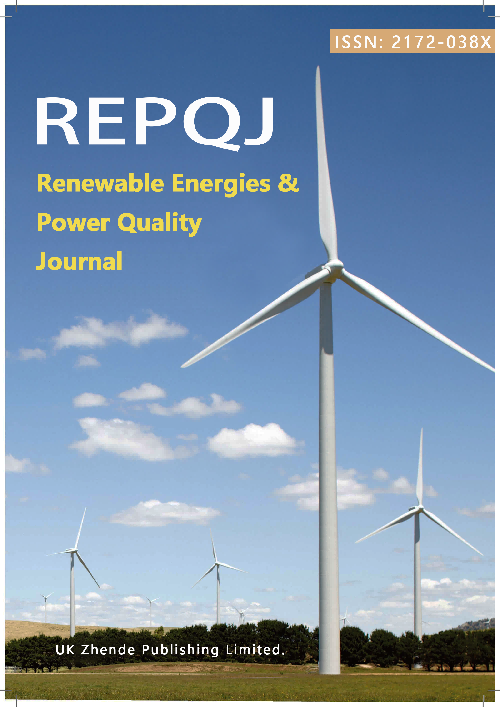Construction of Provincial Dispatching Automation System for Power Grids Assisted by Homogeneous and Heterogeneous Modes
DOI:
https://doi.org/10.52152/4274Keywords:
Homogeneous and heterogeneous modes, Provincial power grid dispatching, Automation system, Multi-regional collaborative optimization, Intelligent dispatching algorithmAbstract
The traditional provincial power grid dispatching automation system faces many challenges, among which information islands and poor data interoperability are the key issues that restrict dispatching efficiency and system stability. In actual engineering applications, due to differences in technical standards and protocols, it is difficult for power grid dispatching systems in different regions to achieve efficient data sharing and collaborative dispatching. For example, there are significant differences in data interaction and dispatching strategies between regions with a high proportion of new energy access and regions dominated by traditional thermal power, resulting in delayed cross-regional dispatching response and difficulty in effectively responding to new energy output fluctuations and sudden failures. In addition, the widespread access of distributed energy has further aggravated the complexity of data integration, limiting the flexibility and intelligence level of traditional dispatching systems. To solve these practical engineering challenges, this paper proposes an optimized dispatching architecture based on homogeneous and heterogeneous modes, integrating the characteristics of different regions, achieving efficient data sharing and resource optimization dispatching, and improving the intelligence level of the system. A multi-region collaborative optimization dispatching model is constructed, which comprehensively considers factors such as load characteristics, power structure, power grid topology, and cross-regional information interaction, covering multiple goals such as economic optimization, new energy consumption, and dispatching response speed, and imposes relevant constraints to ensure the safe operation of the power grid. Through multi-source data fusion technology, combined with long short-term memory (LSTM) network for load forecasting, genetic algorithm (GA) optimization of power flow distribution, deep reinforcement learning (DRL) dynamic adjustment of scheduling strategy, we further designed a fast load adjustment mechanism, fault tolerance mechanism and intelligent emergency plan recommendation system. Experimental results show that the system is superior to existing methods in data sharing efficiency, scheduling response time, load forecasting accuracy, system stability, etc., providing technical support for efficient and intelligent scheduling of provincial power grids.
Downloads
Published
Issue
Section
License
Copyright (c) 2025 Chenhui Hang, Zhihao Yang, Fuhe Wang, Dong Han, Xiaoguang Wang , Xingyu Qiao (Author)

This work is licensed under a Creative Commons Attribution 4.0 International License.











